We have been travelling in a transport time warp, and loving it...
--
There are bicycles and motorbikes ridden by one, and bicycle and motorbike taxis used to transport a single passenger, and bicycle and motorbike trishaws with a buggy for two. A variation on this theme, is the motorbike with a sidecar used to transport a passenger or goods. The red beauty shown in an earlier post, is a Czech JAWA, 27 years old.
There are horse-drawn taxis transporting from two through around eight. They are prevalent in cities and on the roads between towns. Bulls draw carts containing heavy loads, plodding the roads at plod-pace, wooden yokes across their necks.
There are a range of larger public transport options: modern buses belonging to Viazul, ancient buses similar to American school buses, some with trumpet hooters on their bonnets.
Camions, privately-owned truck-buses, are crammed with people and sport very small window openings - the heat must be unbearable.
There are very few modern vehicles on the road: we’ve seen VWs and Renaults and Hyundais and other Korean brands. Mainly what we see, in far greater numbers than anticipated, are American cars dating from the 50s and 60s: Chevrolet Bel Air, Cadillac, Studebaker, Ford, Oldsmobile, Buick.
Also prevalent are Russian Ladas and similar.
Everyone is allowed on the Auto National and the smaller highways, the Autopistes, because everyone needs to get where they are going in whatever form of transport they can afford. There is in fact little traffic on the road, and what there is takes care for obvious reasons.
We will make an effort to take and share more photos…
--
DID YOU KNOW that according to (disputed) stats from Wikipedia, Cuba has only 67 cars per 1000 people?
San Marino (Italy) takes first place with 1600 cars per 1000; and North Korea comes in last with 1 per 1000; the US by comparison has 850 per 1000.
Before the Cuban Revolution in 1959, American cars from the 1940s and 1950s were prevalent on the island.
After the revolution, the US embargo restricted the import of new cars and parts.
This led to a significant number of pre-1960 vehicles remaining on the roads.
Due to the scarcity of original parts, many cars have been creatively modified and repaired using available resources.
They have become a symbol of resilience and a tourist attraction.
10 January 2025, Havana
La Mansion del Centro €25 (R495)
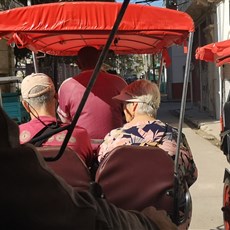
En route Jose Marti, Havana
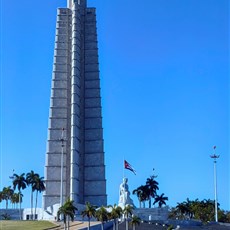
Memorial Jose Marti
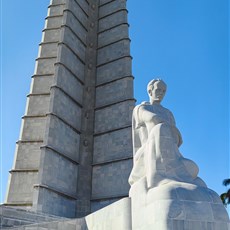
Memorial Jose Marti
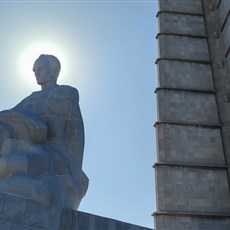
Memorial Jose Marti
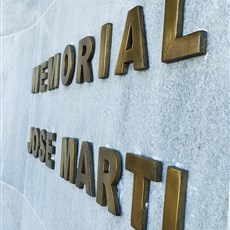
Memorial Jose Marti
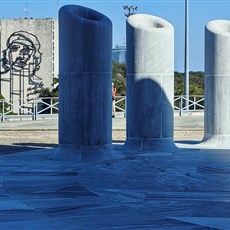
Memorial Jose Marti
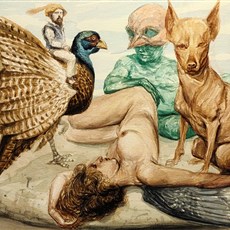
Memorial Jose Marti
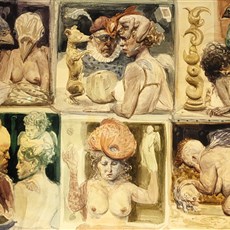
Memorial Jose Marti

Memorial Jose Marti
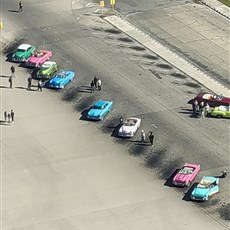
Memorial Jose Marti

Memorial Jose Marti

Revolution Square, Havana
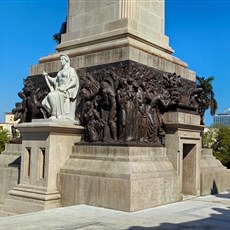
Jose Miguel Gomez monument, Havana
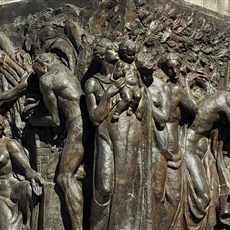
Jose Miguel Gomez monument, Havana
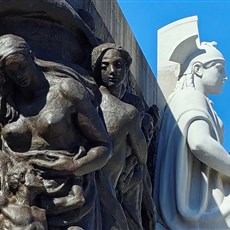
Jose Miguel Gomez monument, Havana
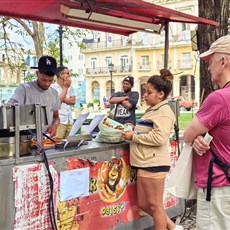
Churromania Obispo, Havana
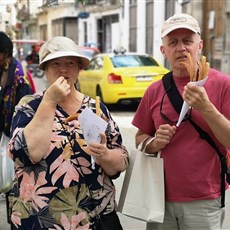
Churromania Obispo, Havana
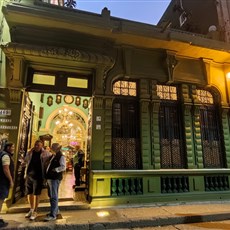
Paladar San Cristobal, Havana
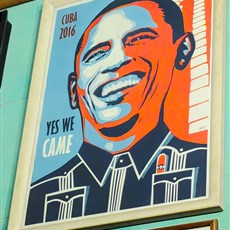
Paladar San Cristobal, Havana